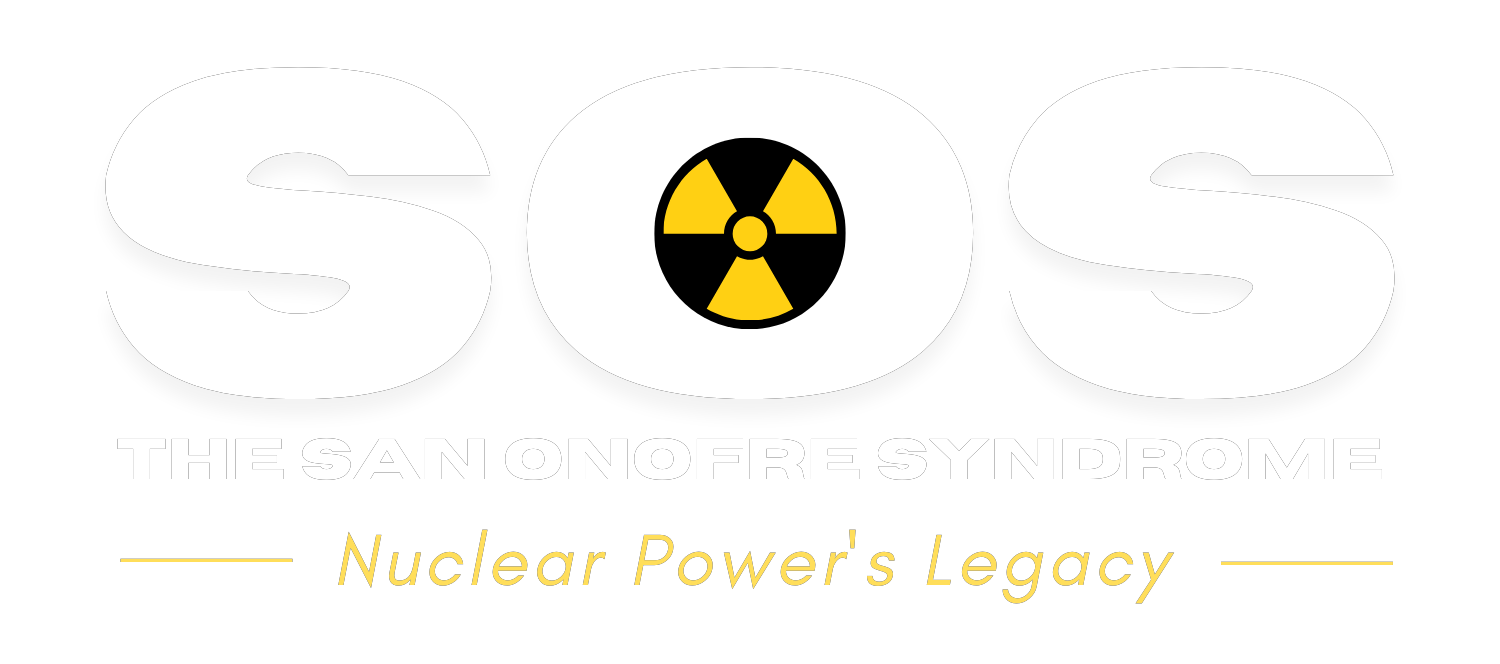California’s San Onofre nuclear plant is a Chernobyl waiting to happen
Kate Brown, Nov. 19, 2019 — Los Angeles Times
Nuclear accidents often aren’t surprises. Whistleblowers had warned of the dangers before such disasters occurred in 1986 in Chernobyl, Ukraine, and 25 years later in Fukushima, Japan. As one of the world’s wealthiest and most technologically advanced nations, the U.S. may be no better prepared.
Many U.S. states have aging nuclear power plants brimming with four decades of self-heating, highly corrosive and toxic radioactive waste. Last month, the California Coastal Commission gave Southern California Edison permission to dismantle the San Onofre Nuclear Generating Station and move its 3.55 million pounds of nuclear waste from wet to dry storage.
Local activists cheered after the troubled San Onofre plant was permanently shut down in 2013 after a 75-gallon-a-day radioactive leak was discovered in a new steam generator. Closing it didn’t stop the threat. Now activists must wait until the plant’s nuclear waste is removed to a yet-to-be-built national nuclear waste repository or until the waste decays in several thousand years, whichever comes first.
Last year, as a crane operator maneuvered to place a 50-ton cask of spent nuclear fuel into a storage vault, the massive cask got caught on an inch-thick steel guide ring and hung there for about an hour. Workers at the site were not prepared for such a dangerous complication.
If the canister had fallen and leaked radioactive gas or liquids, the 18-foot plunge could have led to a panicked evacuation along the coast of California. Even with thoughtful planning, safeguarding people and the environment from a nuclear accident is a complex problem, affirmed a recent report by the International Commission on Radiological Protection.

